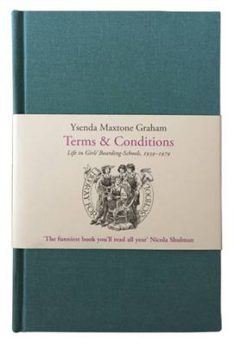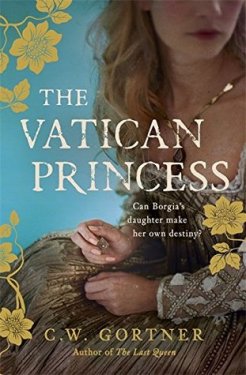As the spring months advance I like to veer away from heavy tomes and keep my reading light. That is to say, none of the novels I have mentioned below are frivolous nor do they lack depth. They are historical fiction and ‘faction’ (fact written as fiction) with engaging prose and fascinating characters. Here are some of my favourites…

Faith and Beauty by Jane Thynne
The fourth instalment of the Clara Vine series. Our heroine, Clara, an actress by trade/a spy by choice, is once again moving at the heart of the Nazi Party. In the previous novels, much of the action takes place on the streets of Berlin on the eve of WW2, and at the Nazi-founded bridal schools. So Jane mixes historical events with a fictional character who also happens to mingle with real-life figures – Hitler, Goebbels, Himmler, a young JFK, Marlene Dietrich etc (in The Winter Garden, she featured Unity and Diana Mitford). Now it is the summer of 1939 and Clara’s sleuthing takes her to the Faith and Beauty bridal school, where a girl has been murdered. And, on the political front, she must investigate whether or not Germany is planning an alliance with Russia. Not only are Jane Thynne’s novels appealing to those who love the mystery/detective genre but they’re a treat for historians who are fascinated by the pre-WW2 era and the rise of Hitler.

A Man of Genius by Janet Todd
This novel has inspired me to think of the noun trouvaille, which means something lucky found by chance. It found me by way of a mutual friend of Janet Todd’s, and I am so glad it did. Set in Regency London and Venice, Ann Radcliffe is a woman of independent means: a writer of cheap Gothic fiction, portraying women as victims of narcissistic villains. Soon life begins to imitate art, and she falls under the spell of the poet, Robert James – a madman and self-confessed genius. A psychological portrait of a destructive relationship, set to the backdrop of Venice and the literary world, A Man of Genius is a dazzling novel of the historical fiction genre.

The Shadow Hour by Kate Riordan
Following her successful novel The Girl In The Photograph, Riordan has returned with an equally suspenseful story charting the lives of two women in different eras. In 1878 Harriet Jenner takes a job as a governess at Fenix House but, recovering from a family tragedy, she cannot imagine the hold that the house and the Pembridge family will have over her. Fifty years later, Harriet’s granddaughter Grace finds work at Fenix House and, following in her grandmother’s footsteps, she discovers the secrets and lies buried within the grand house. The Shadow Hour is wonderfully written with a ghostly undertone; Riordan has once again produced a haunting tale.
P.S. You should check out Kate Riordan’s short story The Red Letter, based on characters from The Girl in the Photograph. I hope she develops it into a spin-off story.

All the Stars in the Heavens by Adriana Trigiani
Aside from my love of the aristocracy during the interwar era I am also mad about classic film stars. This was a little different from what I normally read, by way of historical fiction, but it was a nice distraction over the festive season. It details the affair between Loretta Young and Clark Gable, which happened during the filming of Call of the Wild. Based on a true story and an even stranger cover-up during the golden age of Hollywood: Young goes on to have Gable’s child but what unfolds is a plot that would be called far fetched, even onscreen! She goes into hiding and has the baby, a girl, and Gable knows but takes no part in her upbringing. Young herself claims she has adopted the child and she sticks to this story for decades, the truth only revealing itself when her daughter is grown up, and Gable is dead. It was quite camp in places and perhaps veered towards fan fiction, but it was a lot of fun to read and it gives me hope that I can develop a story I have in mind about a real life Hollywood couple. More books like this, please!

The Infinite Air by Fiona Kidman
Telling the story of Jean Batten, known as ‘the Garbo of the skies’, Kidman presents her biographical study as historical fiction. From her childhood as a clever girl from a broken home, through her ambition to challenge the male attitudes of the day, Batten rises to become an aviatrix star. Courted by royalty and Hollywood actors, she receives honours and breaks aviation records before falling out of the public gaze. After a series of setbacks, she becomes a recluse and dies in penury in Majorca, where she is buried in a pauper’s grave. A thrilling tale of adventure and heartbreak – Kidman has triumphantly brought this inspirational heroine to life.
In the summer, when I finish my project, I hope to read more American literature. I loved The Boston Girl, and it has inspired me add The Swans of Fifth Avenue and Tiny Little Thing to my TBR wish list. Let me know what you are reading or what you plan to read by tweeting @mitfordsociety.





















